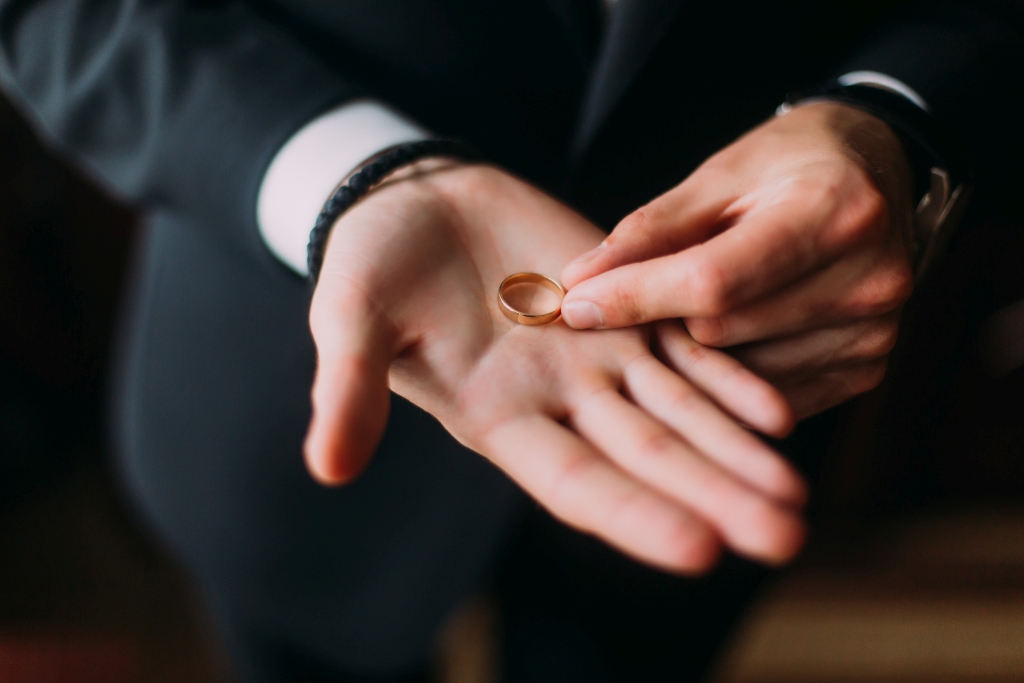With so many choices in terms of metal types, designs, and features, selecting the perfect men’s wedding band can seem overwhelming. However, with the right knowledge, you can find the ideal ring that matches your personality, style, and lifestyle. This guide will help you understand the various factors to consider when picking the perfect men's wedding band.
Consider Your Budget
Your budget will likely play a major role in the final decision. Wedding bands are available at various price points, depending on the metal, design, and features. It’s important to set a budget and stick to it.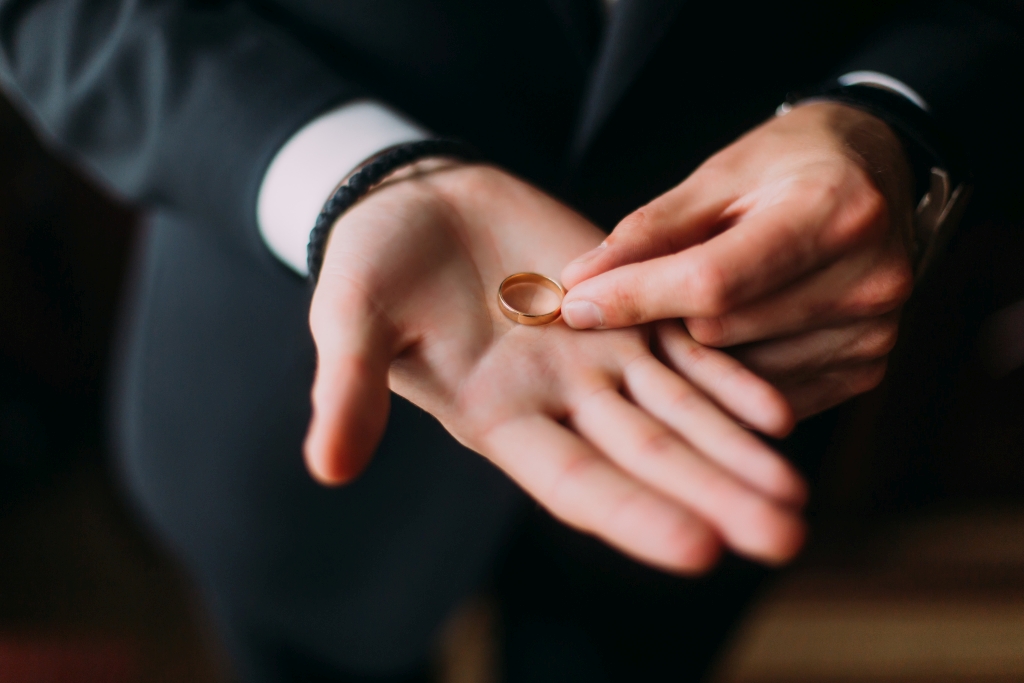
Beyond that, keep in mind that the cost of the wedding band isn’t just about the metal. Customization, engravings, gemstones, and other design elements can all impact the price.
Understand Your Personal Style
The next step in choosing the perfect wedding band is taking some time to reflect on your personal style. A wedding band is something you'll wear every day, so it’s important to pick something that feels authentic to you. Do you prefer classic and understated pieces, or are you drawn to more contemporary and bold designs? Your wedding band should match your personality, and you should feel comfortable wearing it for many years to come.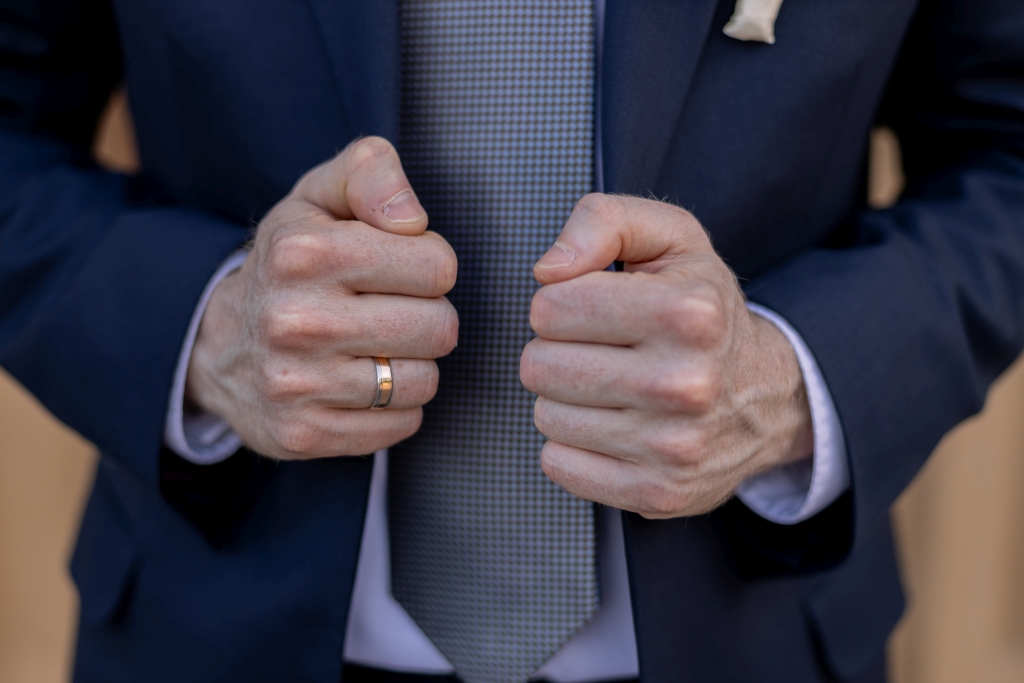
Know Your Lifestyle
Once you’ve considered your personal style, think about how your wedding band will fit into your life in the future. Will it suit your lifestyle long term? Is the design timeless, or do you think your taste may change over the years? Wedding bands are meant to last a lifetime, so selecting a design that will continue to appeal to you as your life evolves is crucial. You also want to make sure the ring you choose will look good with your entire wardrobe, from casual to formal ‘fits.Another benefit of alternative metal wedding bands? They’re durable enough to keep up with you as you take on all of life’s adventures. With an alternative metal wedding band, you won’t have to worry about picking up a hands-on hobby or trying out a new sport in the future.
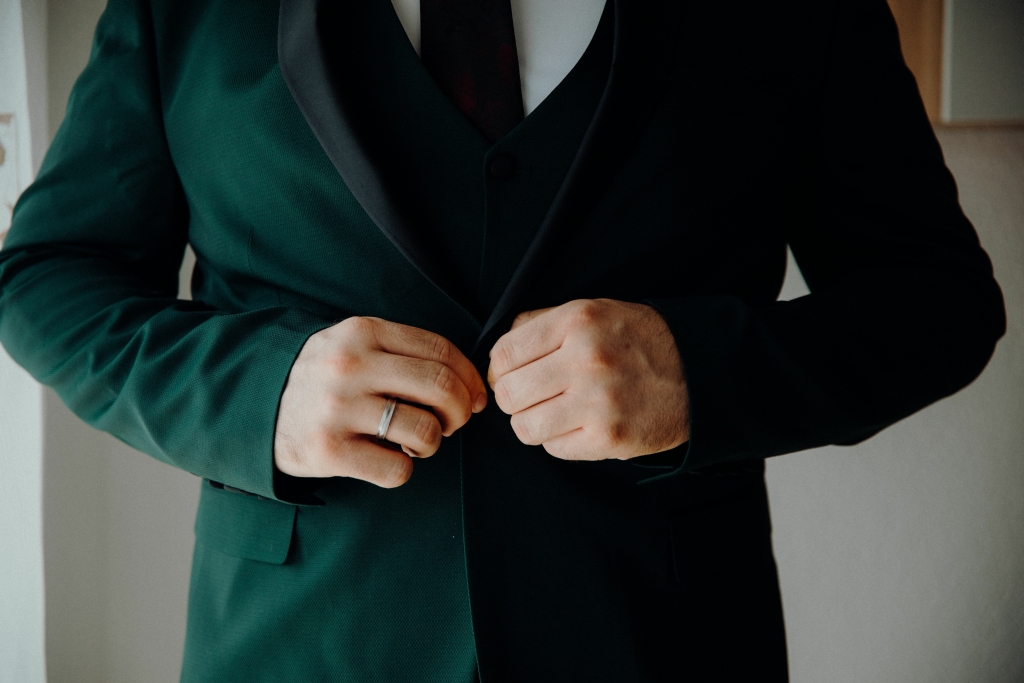
Choose the Right Metal
The metal you choose for your wedding band plays a significant role in its appearance, durability, and maintenance. There are several popular metal options for men’s wedding bands, each with its own characteristics:Gold is a timeless choice for those seeking a traditional look. It offers a warm, rich color that complements many skin tones. It's a classic and versatile option, though it can be softer than other metals, which may lead to scratching over time.
Cobalt is a strong, durable metal with a brilliant white finish, making it an excellent choice for wedding bands. Cobalt wedding bands are highly resistant to scratching, tarnishing, and corrosion, offering long-lasting wear, while cobalt's polished look adds plenty of elegance.
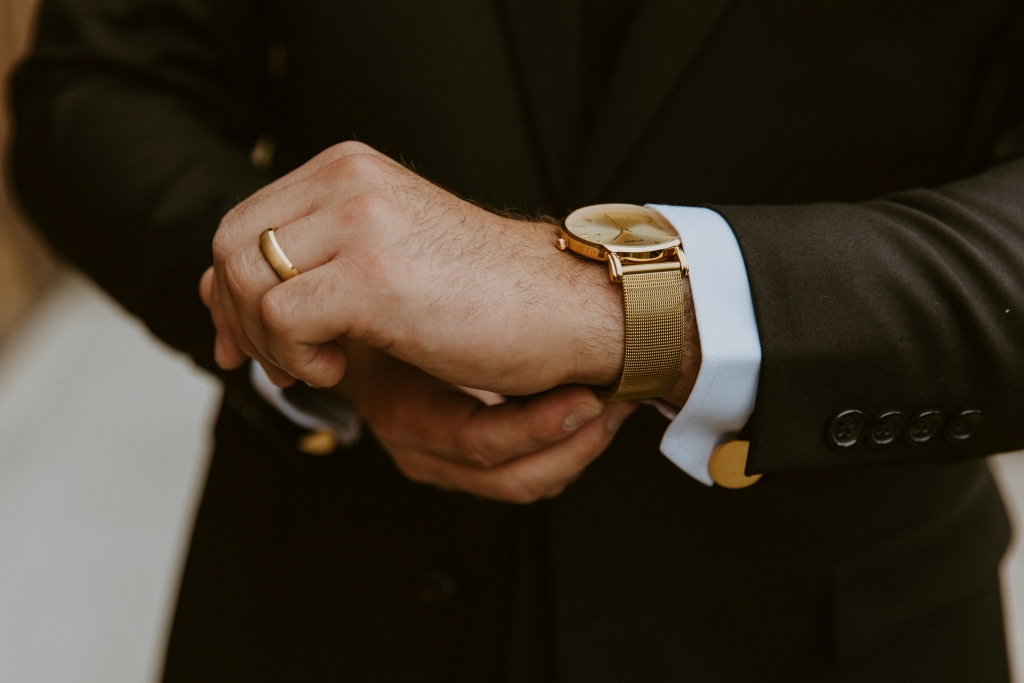
Tungsten wedding bands are incredibly resilient, making them resistant to scratching and tarnishing. Tungsten is also heavier than many other metals, offering a solid, substantial feel. However, it can be more difficult to resize, so it’s important to get the right size when choosing tungsten.
Stainless steel is a hardy, affordable, and corrosion-resistant metal, making it an excellent choice for wedding bands. Its sleek, modern appearance complements various styles, while its strength ensures long-lasting wear. Additionally, stainless steel requires minimal maintenance, making it a practical option for everyday wear.
Consider your lifestyle when selecting a metal. For example, if you work with your hands or participate in physical activities, alternative metals are ideal due to their strength. If you prefer a more luxurious look and don’t mind the maintenance, gold might be perfect.
Let Your Personality Shine: Design Choices
The design of the wedding band is another crucial element in the selection process. Wedding bands come in a wide range of styles, from simple and classic to intricate and detailed. Consider whether you want a plain band or one with additional elements like engraving, texture, or gemstones.Plain Bands: A classic, simple band is timeless and versatile. Plain wedding bands work well with almost any style and are a great option for men who prefer understated elegance. They come in various finishes, such as high polish, matte, or brushed, depending on your personal taste.
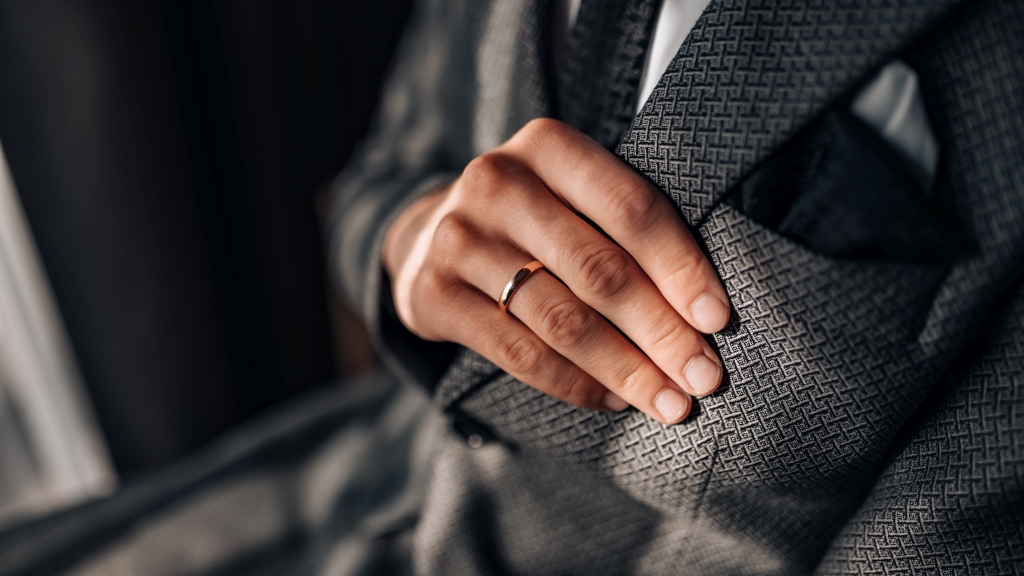
Engraving: Adding a personal engraving to the inside or outside of the band is a meaningful way to customize the ring. This could be a special date, initials, a short message, or even a meaningful quote. Engraving adds a personal touch to the band without altering its overall appearance.
Textured Bands: If you prefer something a little different, textured wedding bands can offer an intriguing design. Some popular textures include hammered, brushed, or sandblasted finishes. These designs create an interesting visual contrast and can make the wedding band stand out in a subtle, unique way.
Geometric and Contemporary Designs: For men who enjoy modern styles, geometric or angular bands may appeal. These can include step edges, beveled edges, or square profiles that provide a clean, modern look. Some modern designs feature mixed metals or small accent stones, such as diamonds or other gemstones, which can add a touch of personality.
Two Tone or Mixed Metals: For a more contemporary look, some wedding bands incorporate two or more metals in a single design. Dual-tone bands allow for creative expression while still maintaining a timeless appeal.
Gemstones: Some men’s wedding bands incorporate gemstones like diamonds, sapphires, or black diamonds. Gemstones can be placed in a variety of ways, such as channel set, bezel set, or pavé set. This type of design is ideal for men who want to add a little extra sparkle and style to their wedding band.
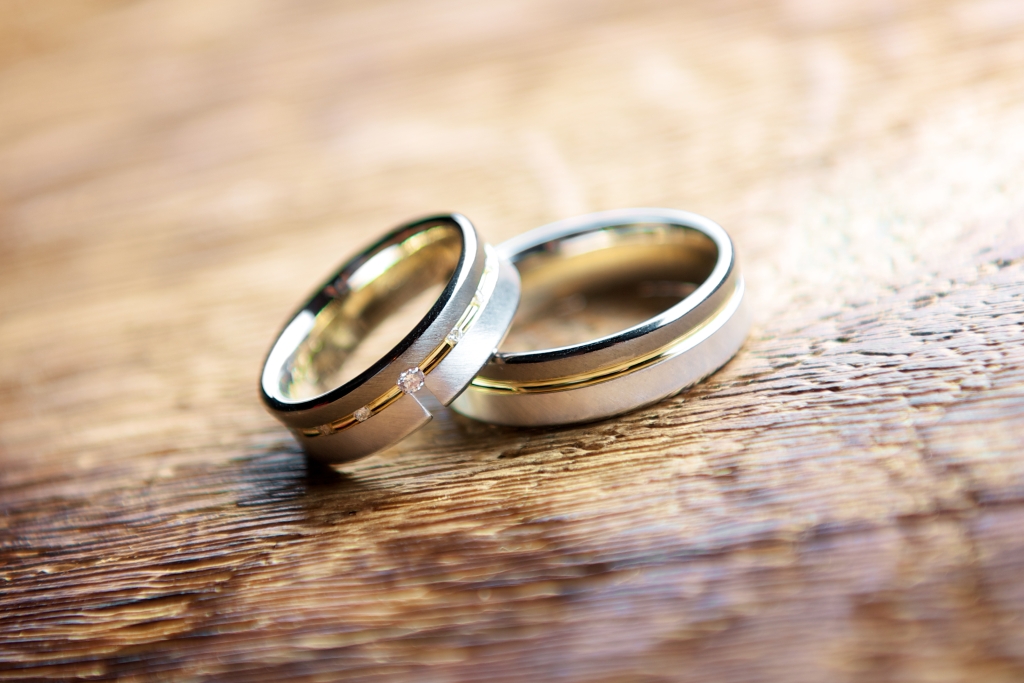
Size and Comfort
Comfort is key when selecting a wedding band, as it’s a ring that you’ll wear every day. The size of the band is important to ensure a good fit, and comfort should be prioritized when considering style options.Fit: Wedding bands typically come in two types of fits, comfort fit and standard fit. Comfort fit bands are rounded on the inside, making them more comfortable to wear, especially for wider bands. Standard fit bands are flat on the inside and may feel more rigid, but they can be more secure for certain styles.
Width: The width of the band is another important factor to consider. Some men prefer a wider band (6mm to 8mm), while others opt for a slimmer band (4mm to 5mm) depending on their personal preference and hand size. A wider band can make a bolder statement, but it may also feel heavier on the finger.
Thickness: The thickness of the band contributes to its overall durability and weight. While thicker bands tend to be more durable, they may not be as comfortable for all wearers. It’s important to find a balance between style, durability, and comfort.

